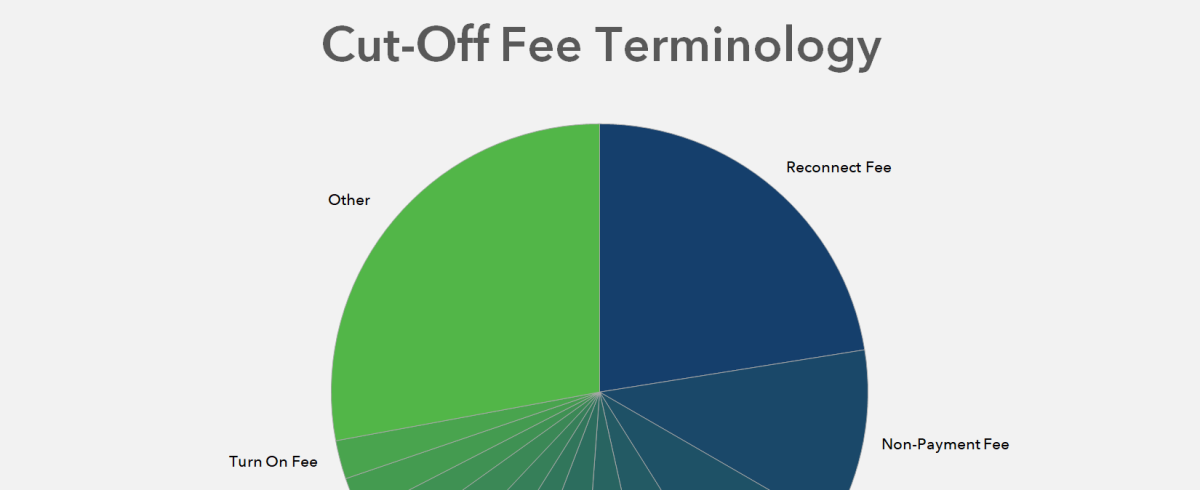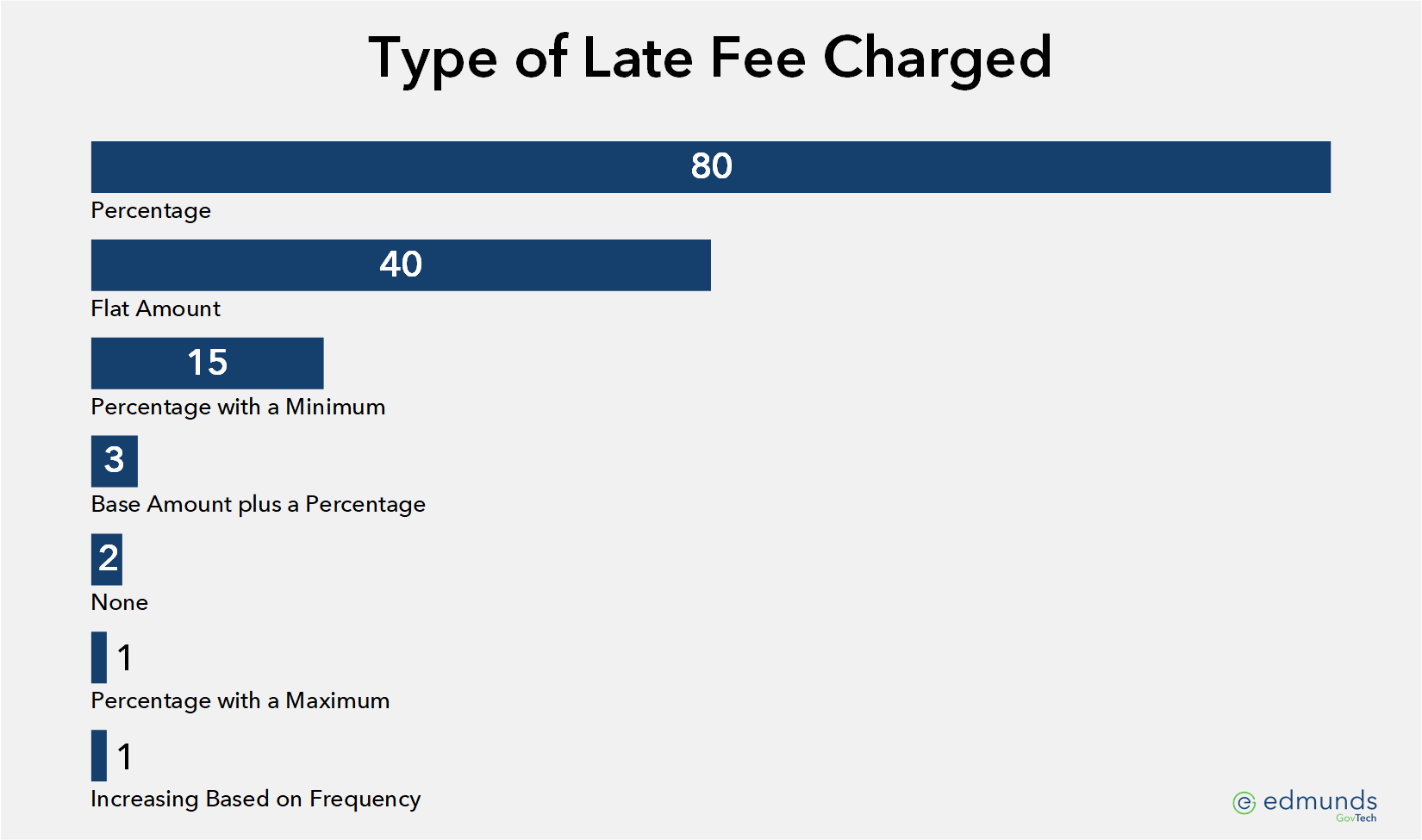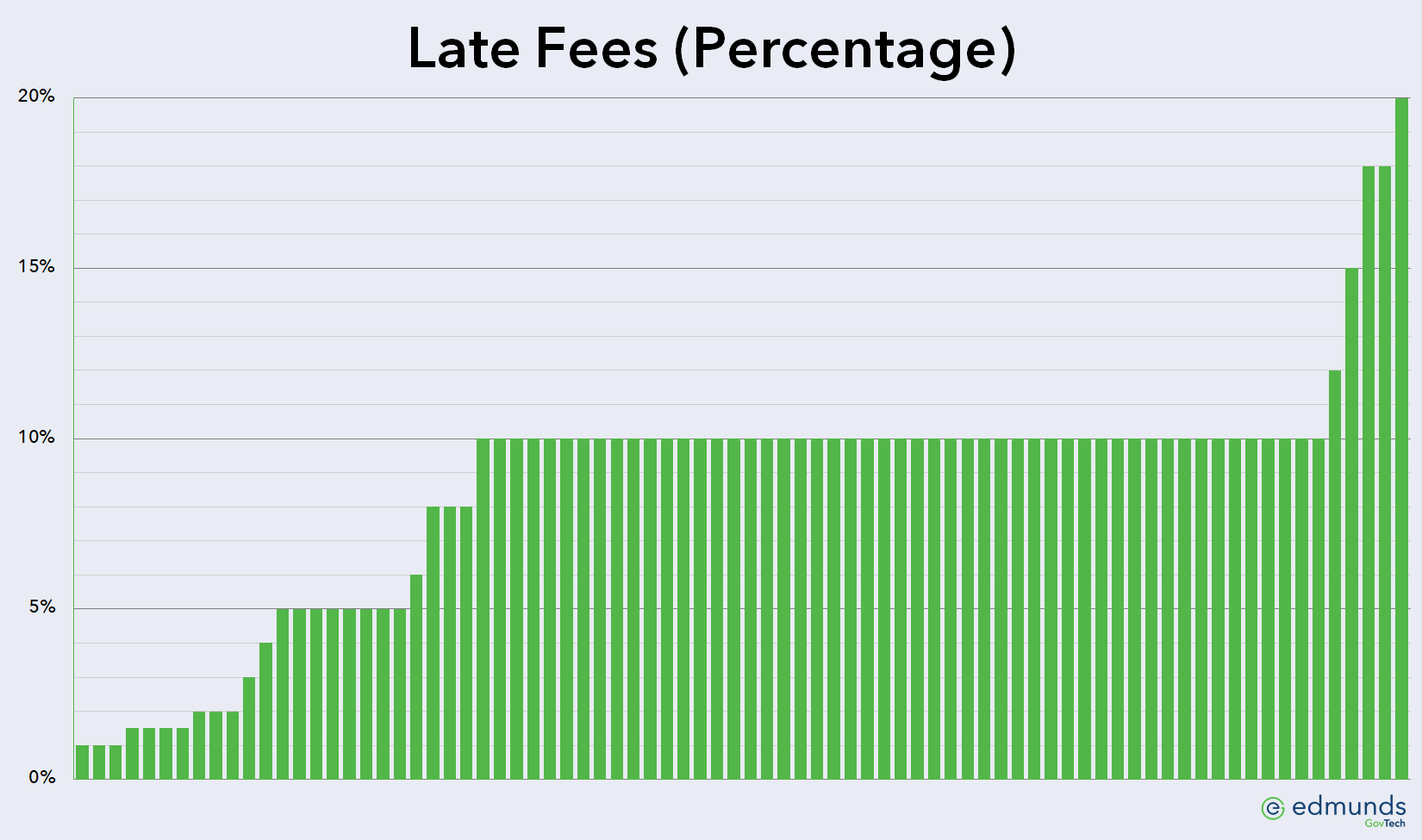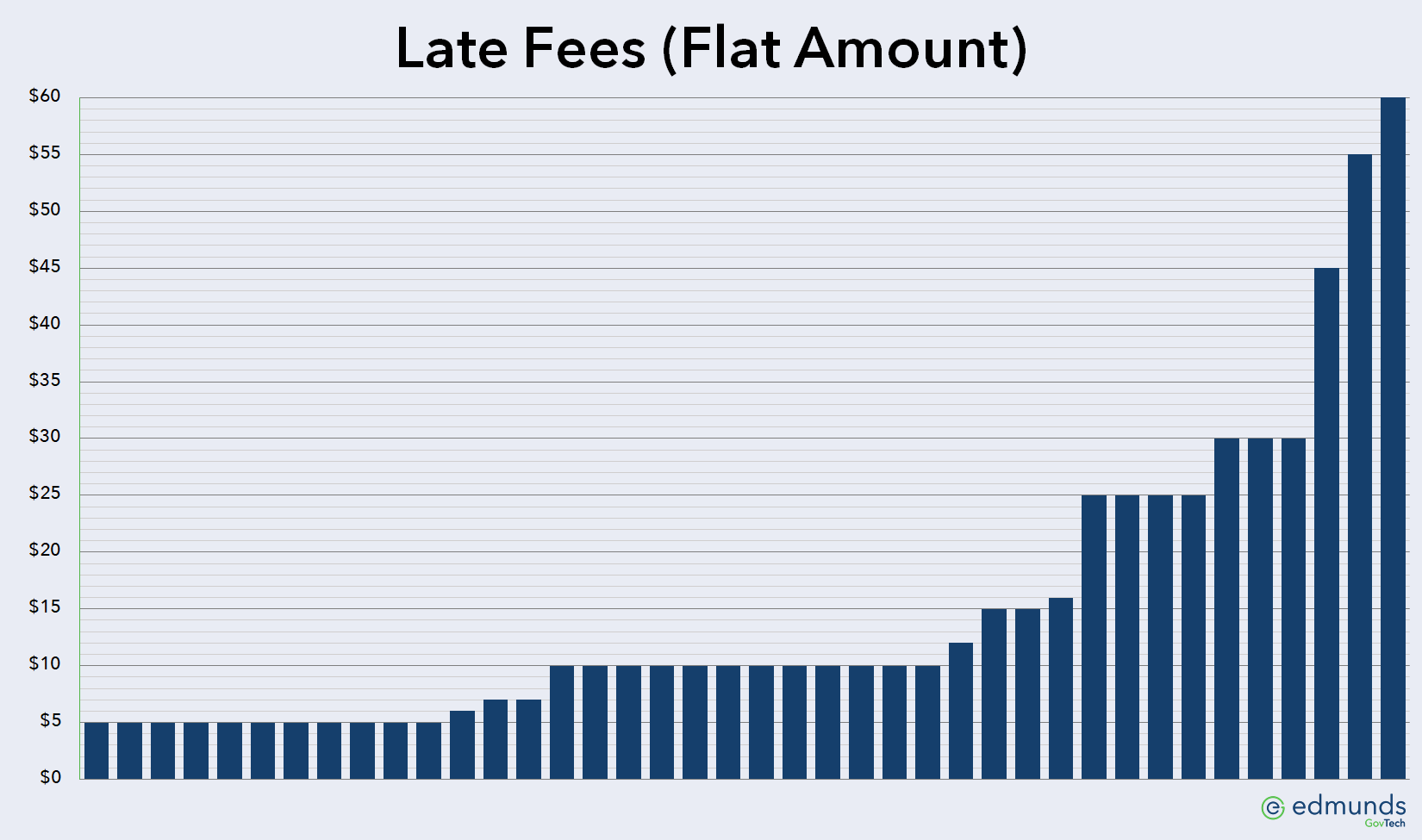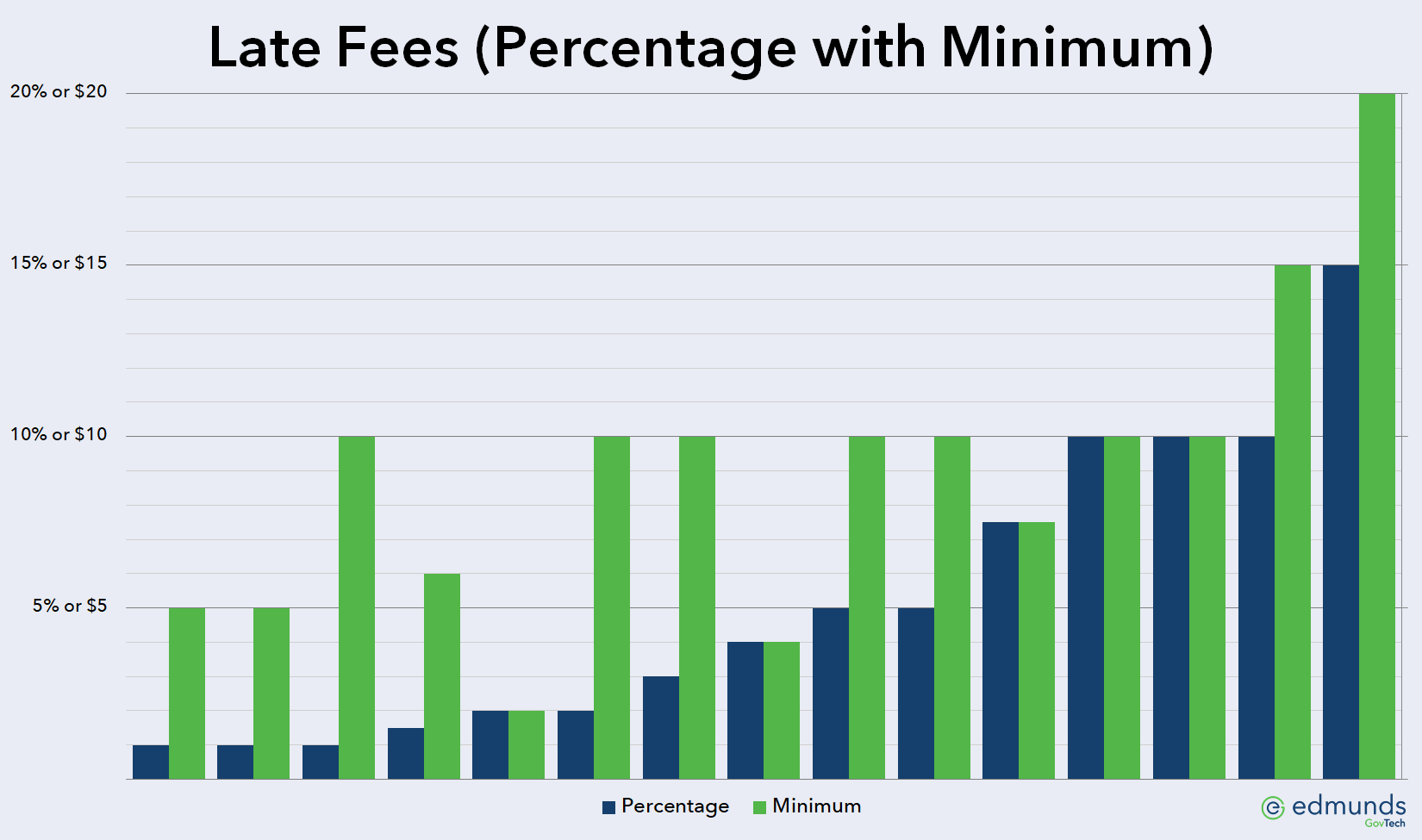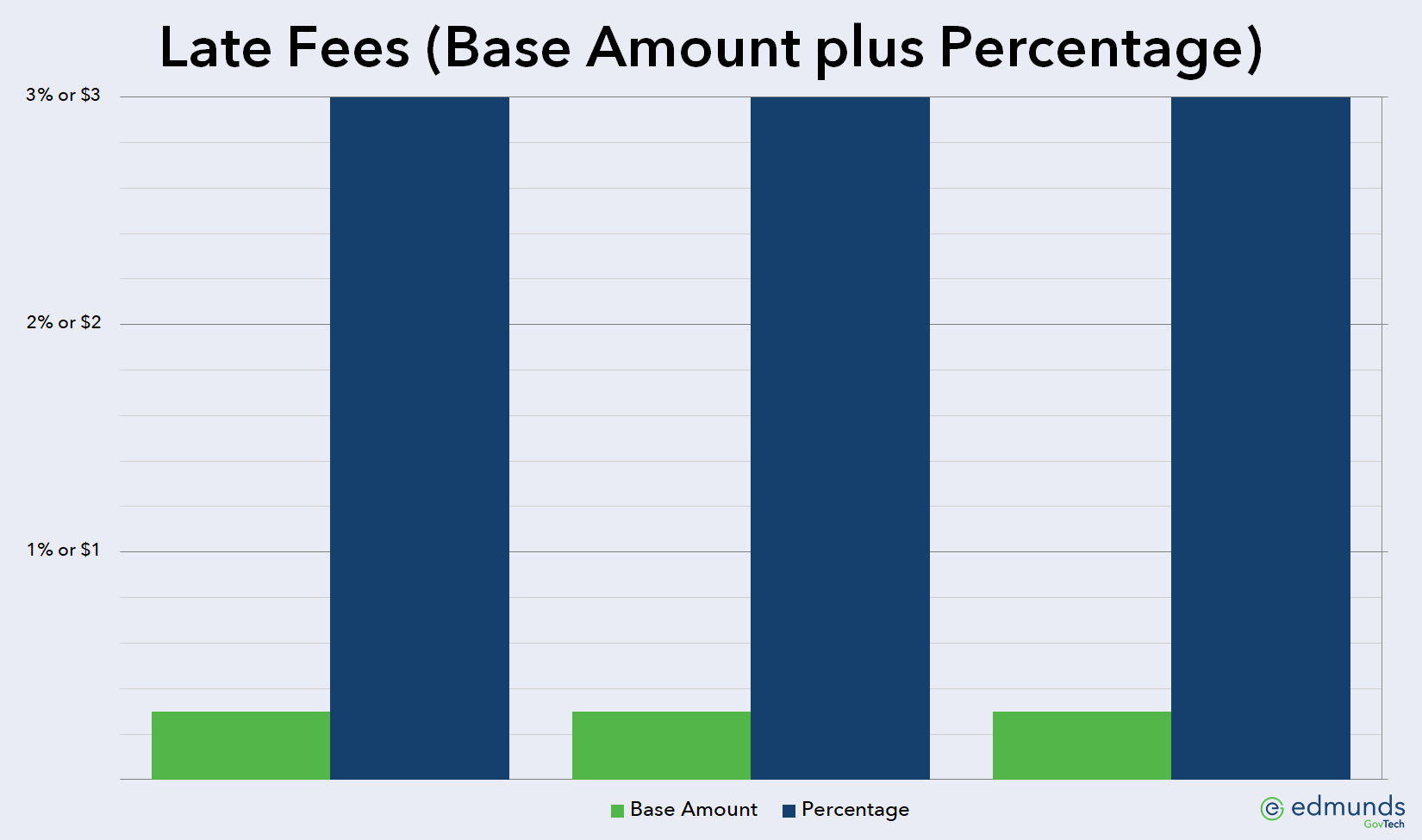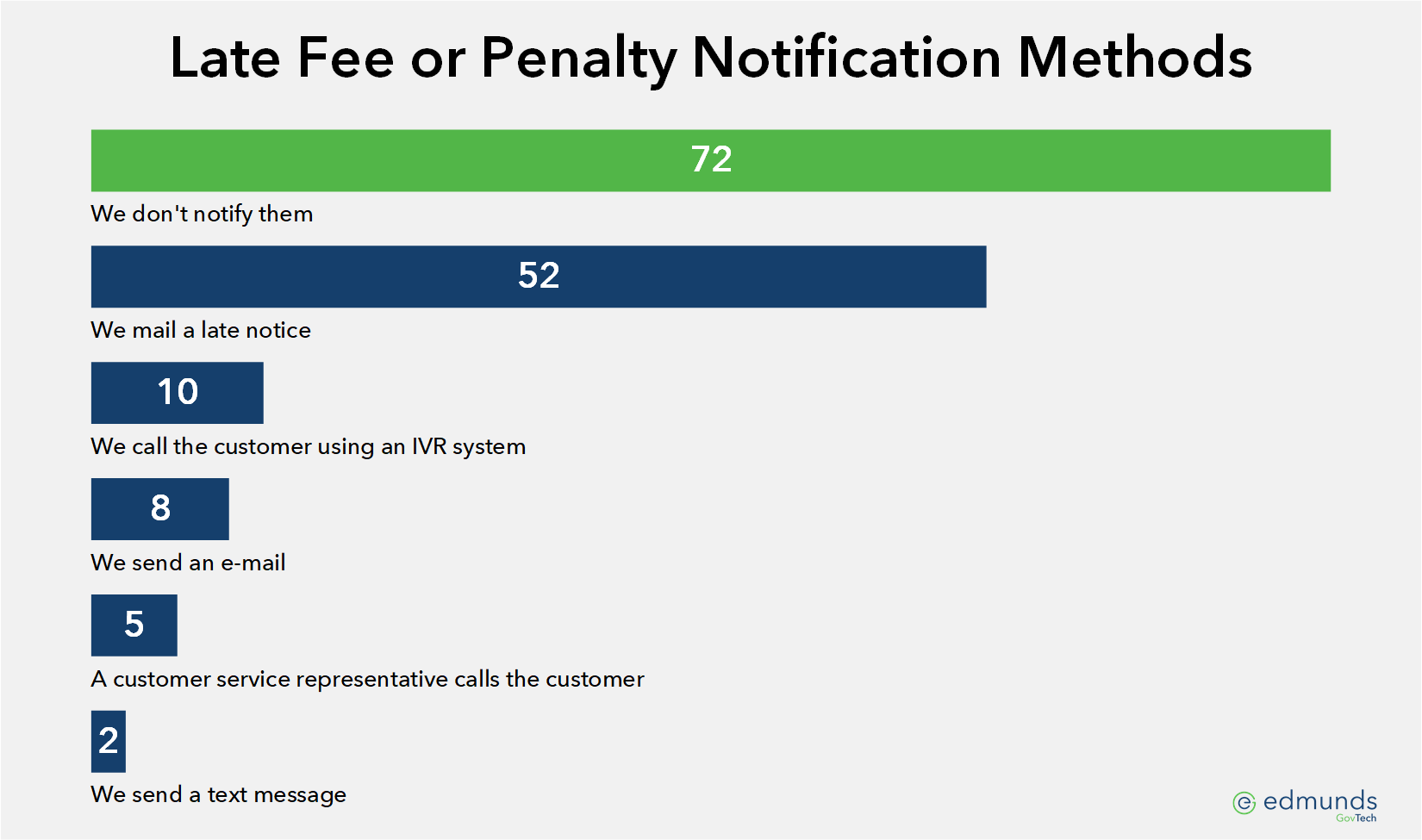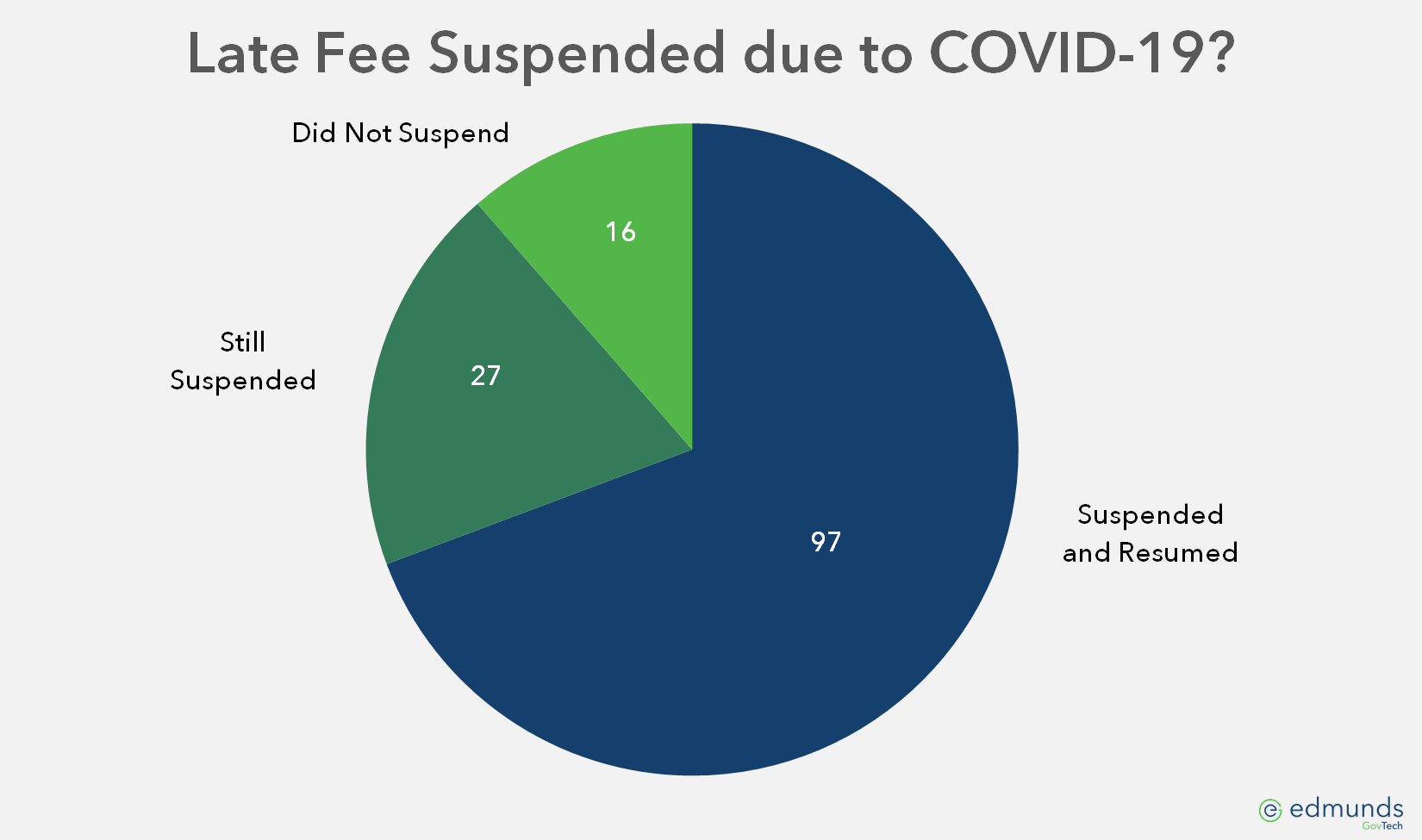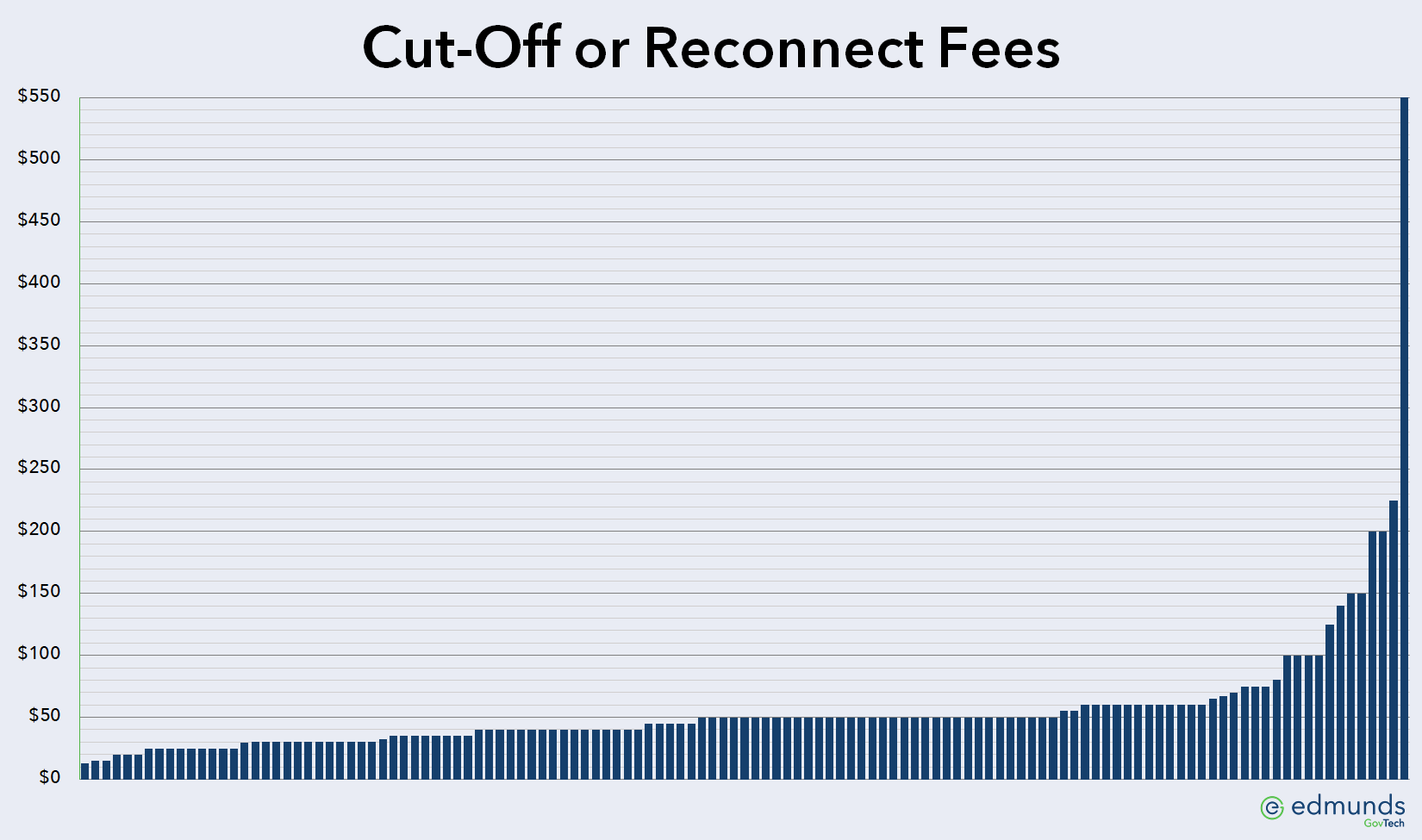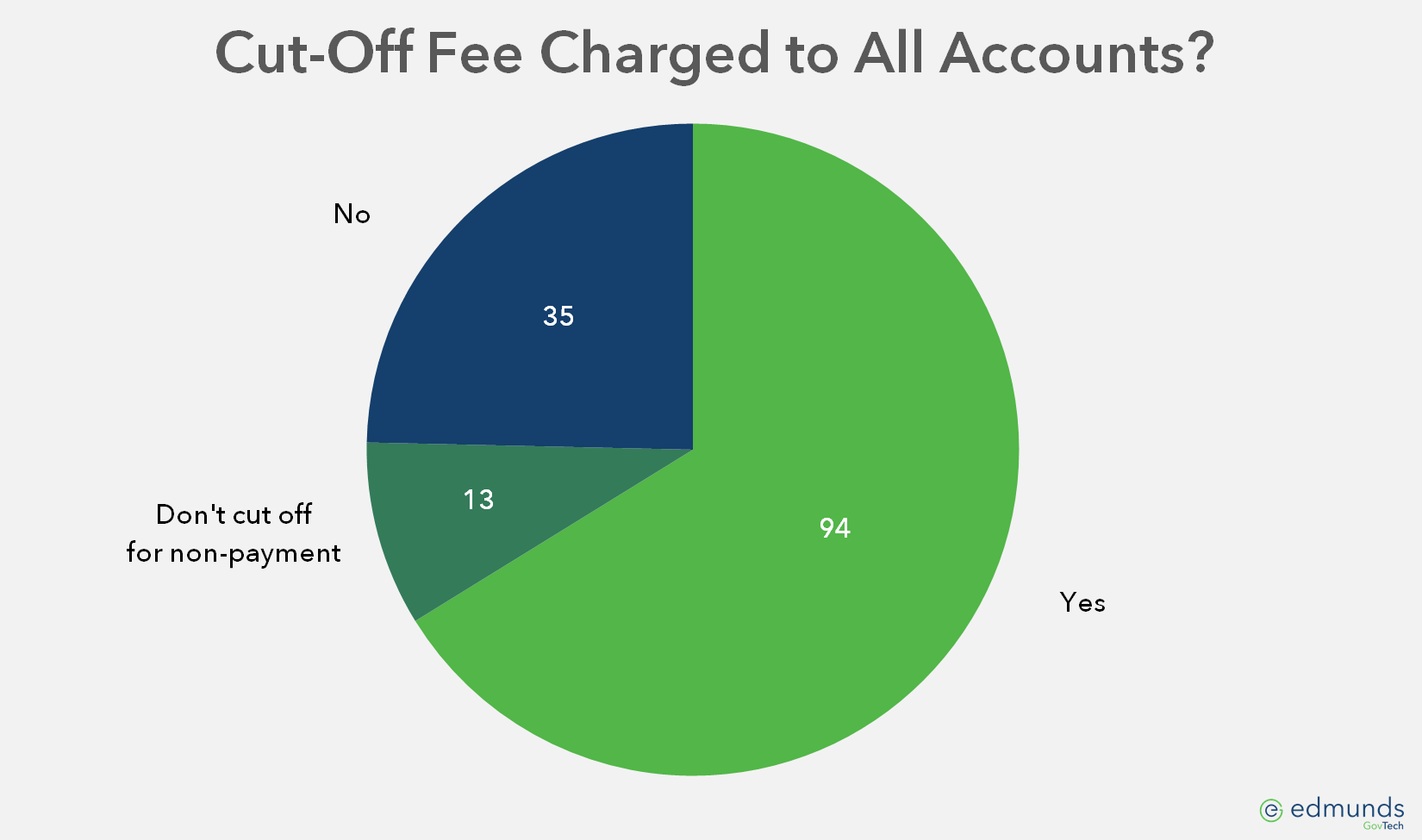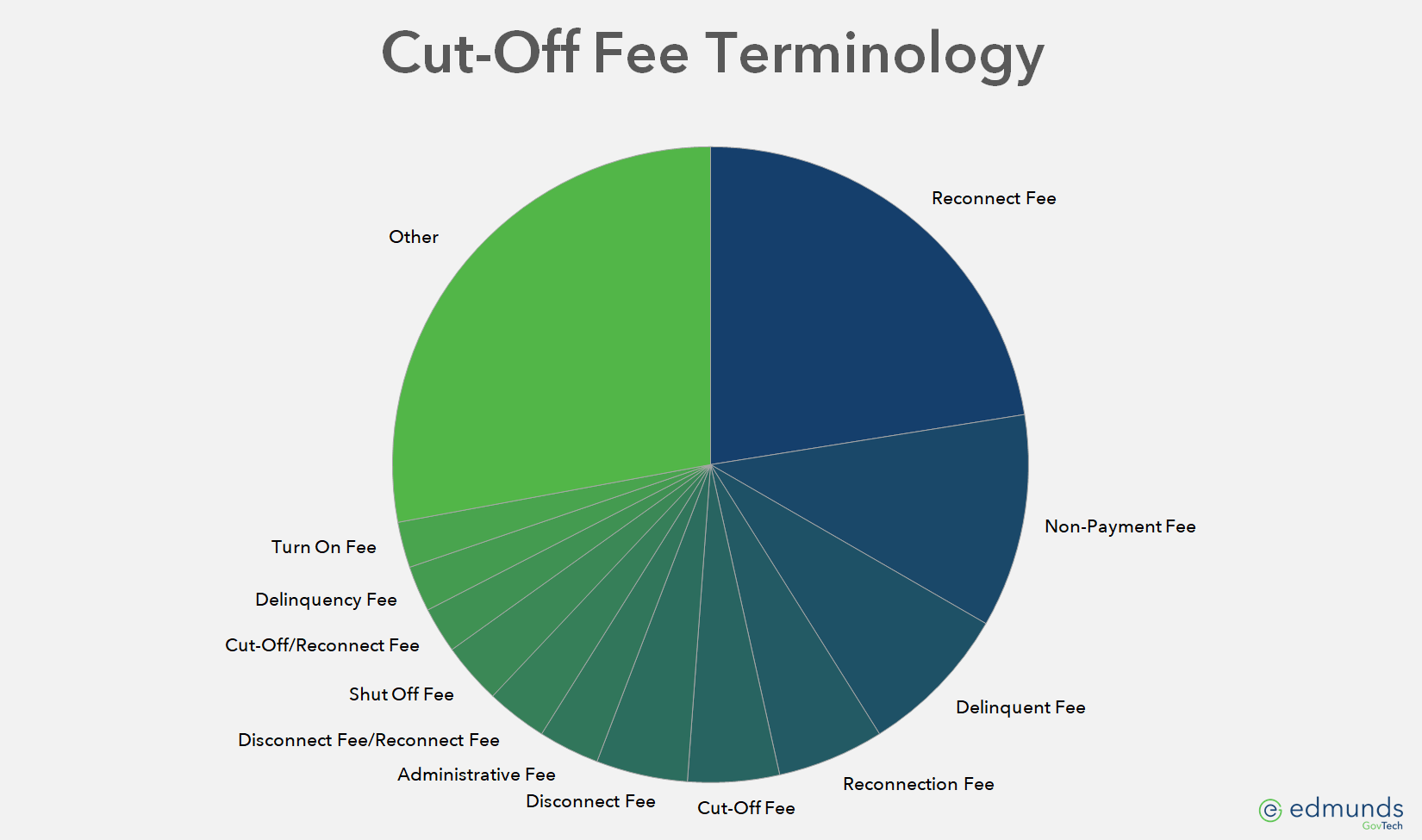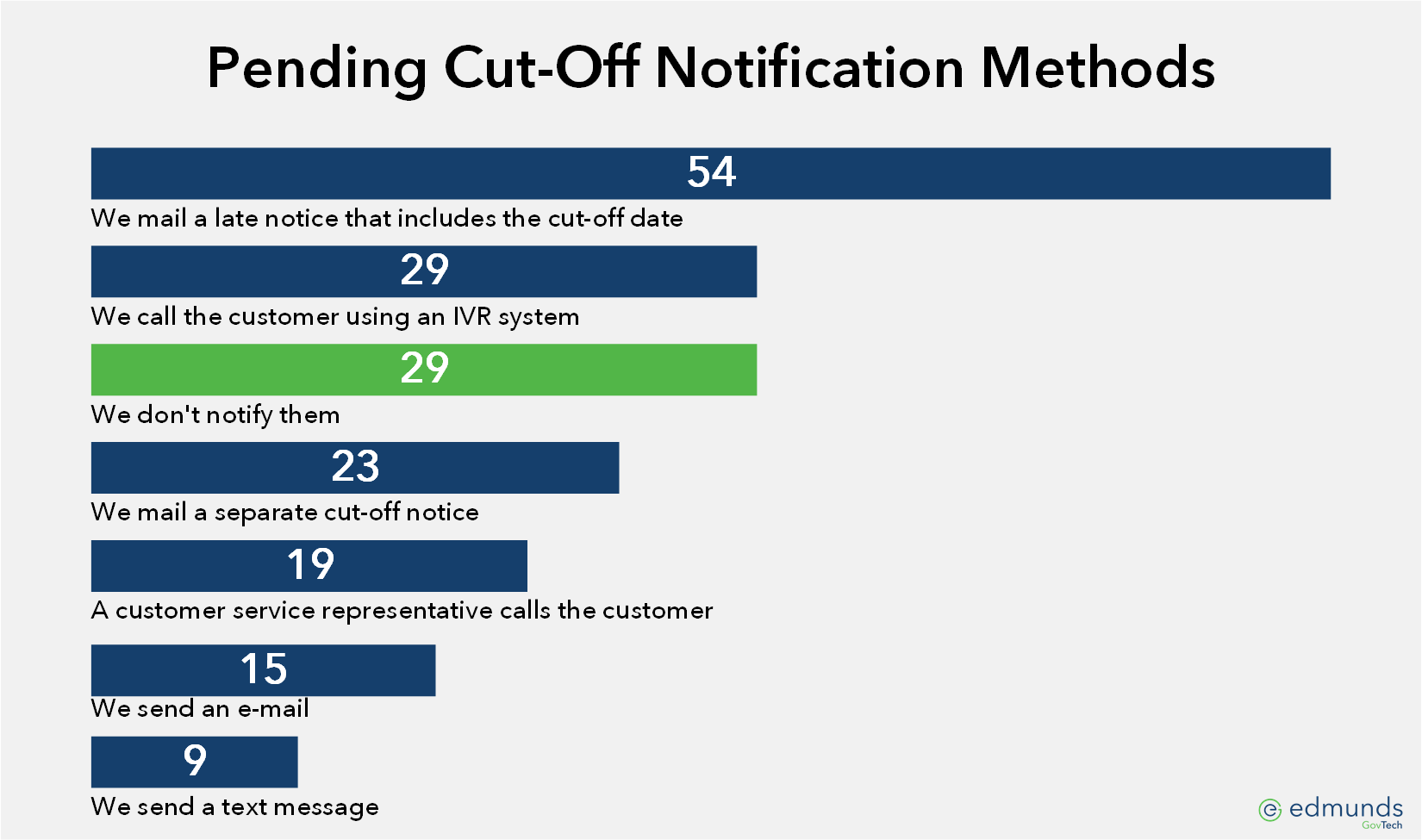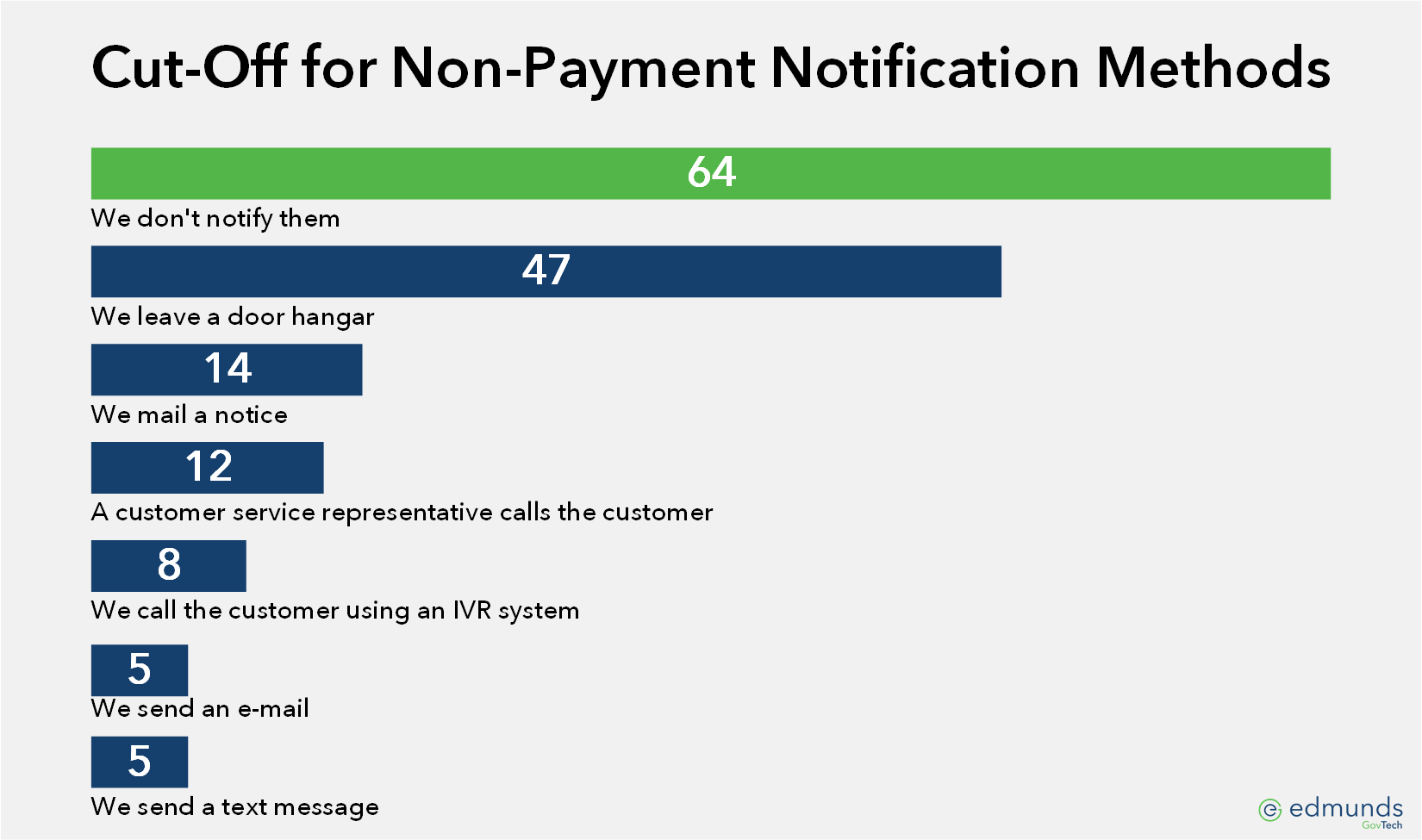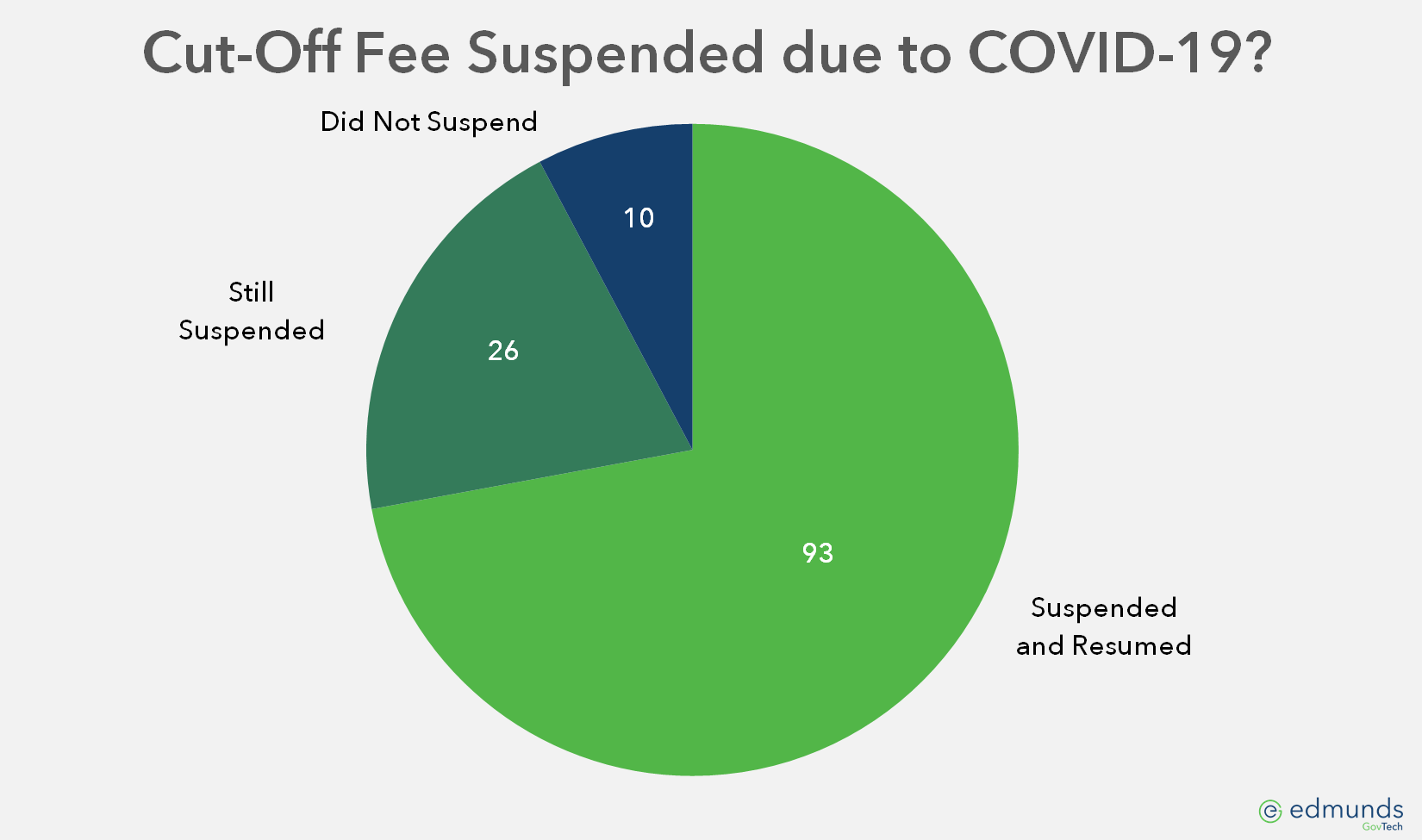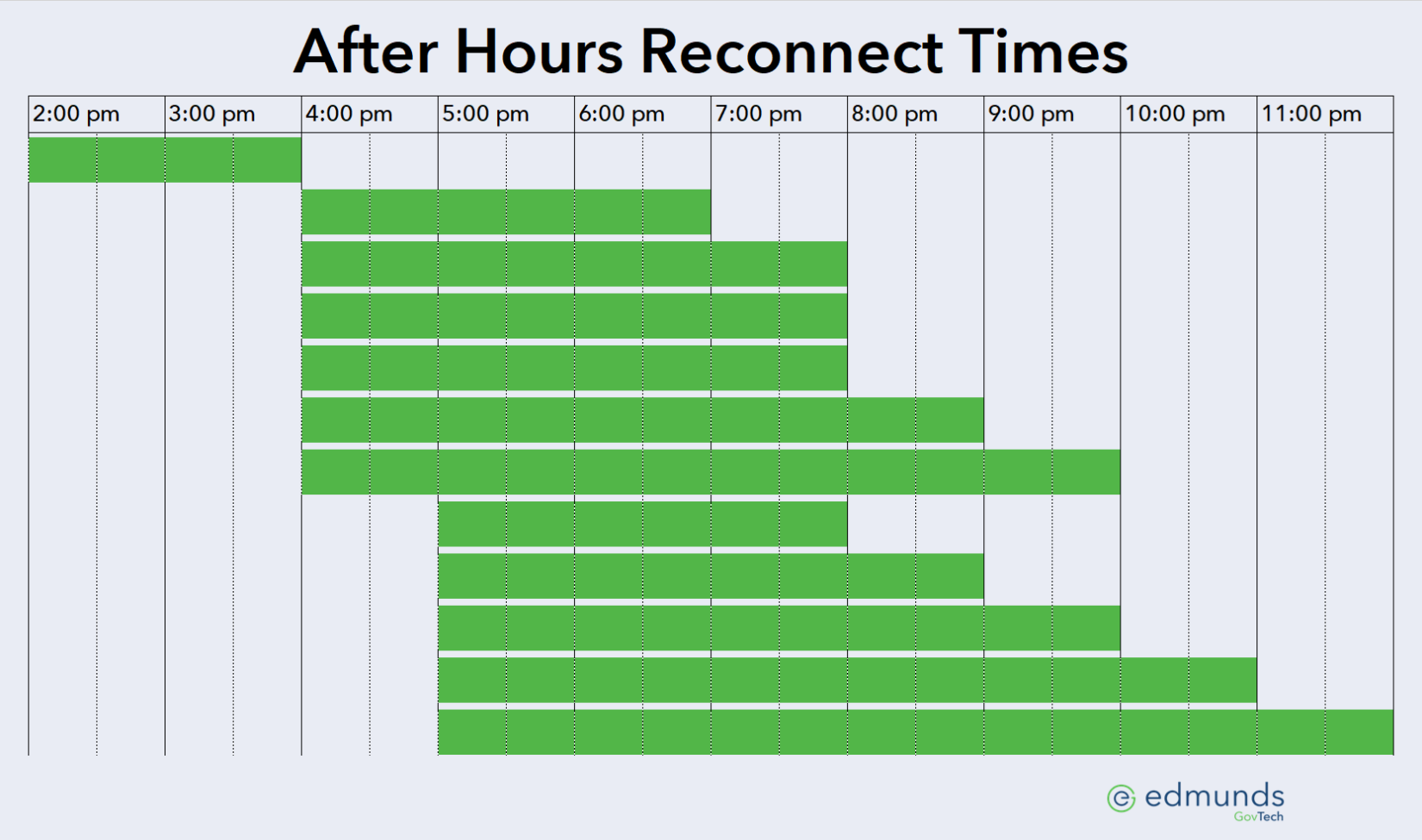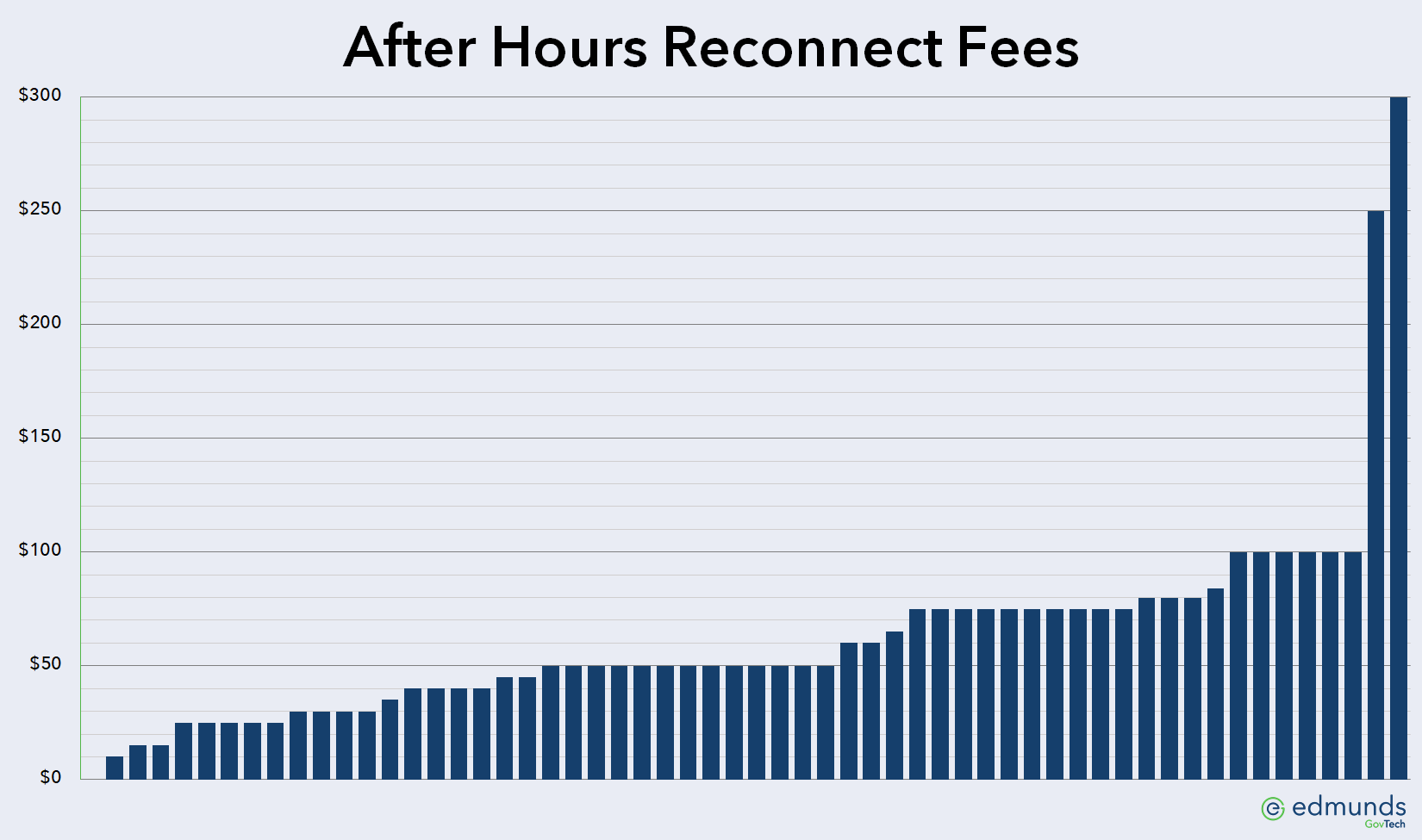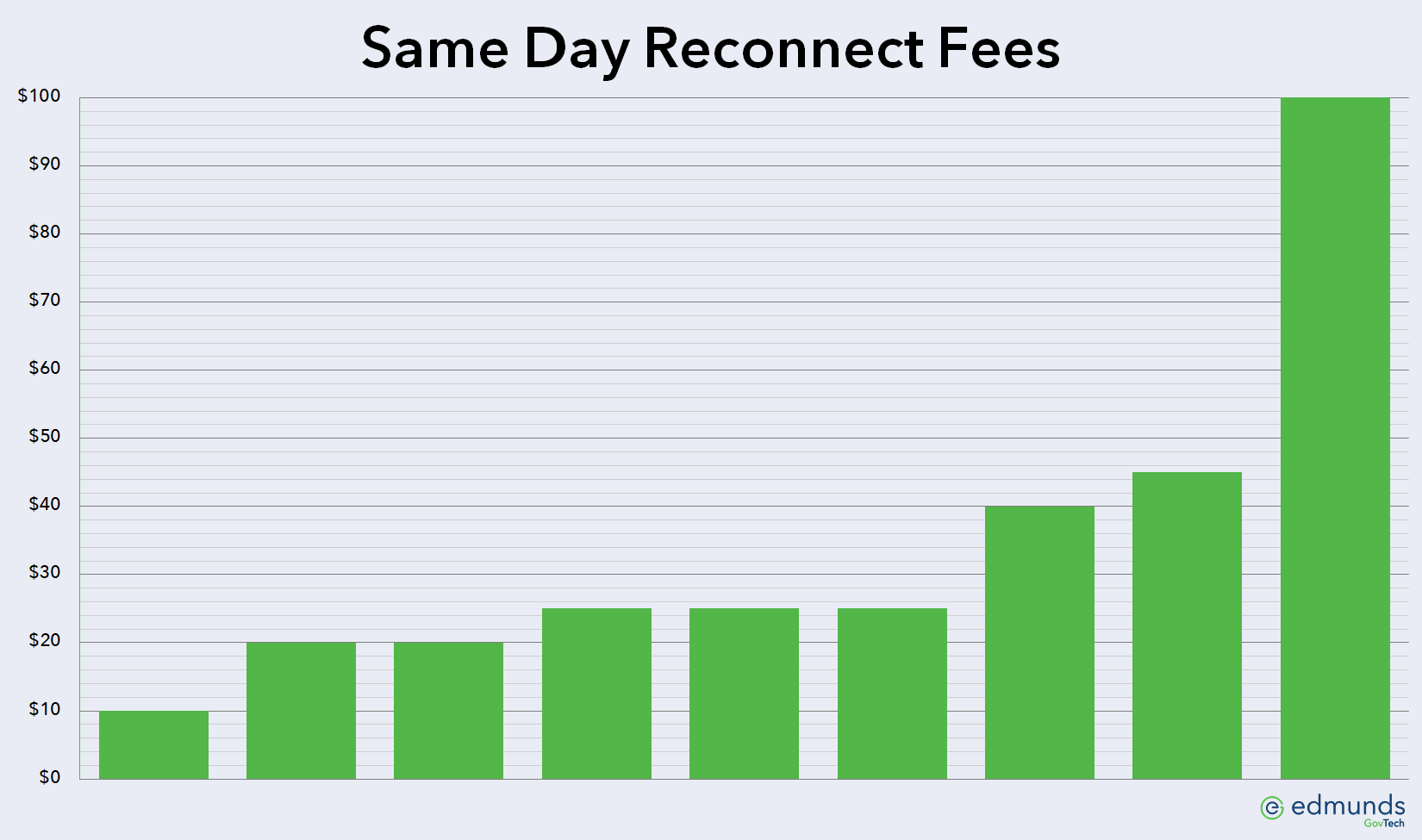Over the course of the past two months, I’ve been conducting the 2021 Utility Fee Survey. This is the fifth Utility Fee Survey dating to 2012 and subsequent fee surveys in 2015, 2017, and 2019. The survey was designed to research what fees utilities charge, how much they charge for each fee, and to see what trends, if any, are occurring with fees.
The Utility Fee Survey is a biennial survey, alternating years with the Utility Staffing Survey.
As was the case in each of the previous surveys, the results include too much information for a single issue. If you’re interested, here are the results from the previous Utility Fee Surveys:
- 2012 Utility Fee Survey Results – Part I
- 2012 Utility Fee Survey Results – Part II
- 2012 Utility Fee Survey Results – Part III
- 2015 Utility Fee Survey Results – Part
- 2015 Utility Fee Survey Results – Part II
- 2015 Utility Fee Survey Results – Part III
- 2017 Utility Fee Survey Results – Part I
- 2017 Utility Fee Survey Results – Part II
- 2017 Utility Fee Survey Results – Part III
- 2019 Utility Fee Survey Results – Part I
- 2019 Utility Fee Survey Results – Part II
- 2019 Utility Fee Survey Results – Part III
The last blog post summarized the demographics of the survey respondents as well as water and sewer tap and impact fees. Today’s post deals with delinquent fees and policies. The next issue will be the third and final survey results issue and will recap all remaining fees.
Late fees
Of the 142 participating utilities, 140 charge a late fee. As shown by this graph, charging a late fee as a percentage of the bill is the most popular method (clicking on the any of the graphics will open a larger image in a new window):
Compared to the 2019 Utility Fee Survey, utilities charging a percentage has increased (57.1% vs. 52.6%), and those charging a flat amount is up slightly (28.6% vs. 27.8%). The area that saw a decrease is with utilities charging something other than a percentage or flat amount (down from 19.5% to 14.3%).
Utilities that assess a late fee as a percentage charge from 1% to 20%, with 10% again, by a wide margin, the most popular, as this graph depicts:
Late fees range from $5.00 to $60.00 for utilities charging a flat amount. This graph illustrates the late fee flat amounts:
Fifteen of the utilities (up from 13 in 2019, a 15.4% increase) charge a hybrid late fee – a combination of a percentage with a minimum amount. Here is a graph showing what they charge:
Three utilities charge a base amount plus a percentage as shown below:
While not technically a fee, this year’s survey again asked how, other than the utility bill, each utility notifies customers that a late fee or penalty has been applied. Here are the responses to that question (the total of all responses is greater than the number of participating utilities because some utilities use multiple methods of contact):
This year’s survey also asked if utilities suspended late fees due to COVID-19 and, if they did, have they resumed charging the late fee. Here are the results from that question:
Cut-off fees
Thirteen of the 142 utilities do not cut off for non-payment. The remaining 129 that do cut off for non-payment all charge a cut-off or reconnect fee as a flat amount. Two of the responding utilities charge an escalating cut-off fee whereby the more times a customer is on the cut-off list, the higher the fee becomes. In those cases, the amount shown in the graph is for first offenders. Additionally, four of the utilities charge a separate disconnect fee and reconnect fee. In those cases, the graph represents the combined total of both fees. Finally, two additional utilities charge a cut-off fee per service. In those cases, the graph assumes all services are being disconnected.
Cut-off or reconnect fees charged by the 129 utilities range from $13.00 to $550.00 as shown below:
Of the 129 utilities that cut off for non-payment, 94 of them (representing 72.9%) assess the cut-off fee as soon as the cut-off list leaves the office. The percentage of utilities charging the cut-off fee immediately is up 8.5% from the 2019 Utility Fee Survey:
Cut-off fee terminology
As utilities adopt the best practice of charging the cut-off fee as soon as the cut-off list leaves the office, many are finding that terms such as “cut-off fee”, “disconnect fee” or “reconnect fee” are becoming outdated. For that reason, the survey asked what each utility calls its cut-off fee. The results are displayed in the following chart:
For the number of responses, including the 36 terms included in the “other” category, please click here.
Again this year, Reconnect Fee is still the most popular term, but Non-Payment Fee and Delinquent Fee have become the second and third most popular term, as many utilities adopt terms that do not refer to cut-off or reconnection. Calling your cut-off fee Non-Payment Fee, Delinquent Fee, Service Fee, or any of the other terms not implying cut-off or reconnection helps to avoid the inevitable arguments with customers who must pay the fee but have not been cut off.
As with late fees, the survey also asked how, other than the utility bill, customers are notified that they are about to be cut-off for non-payment. The responses are shown below (again, the total of all responses is greater than the number of participating utilities because some utilities use multiple methods of contact):
This year’s survey also asked how utilities notify customers after they have been disconnected for non-payment. The responses are shown below (again, a few of the participating utilities employ multiple methods of contact):
As with Late Fees, this year’s survey also asked if the responding utilities had suspended cut-off fees due to COVID-19 and, if they had, have they resumed disconnecting for non-payment. Here are the responses to that question:
After hours reconnect fees
Of the 129 utilities that cut off for non-payment, 58 of them (representing 45.0%) will reconnect after hours and charge a fee for this service. This is down from 51.7% of responding utilities in the 2019 Utility Fee Survey. 46 of the 58 utilities (or 79.3%) will reconnect anytime after regular office hours. The remaining 12 utilities will only reconnect during selected time periods as shown below:
After hours reconnect fee amounts range from no additional charge to $300.00 as shown by the following graph:
Same day reconnect fees
A new question in this year’s survey asked how many utilities charge a fee for same-day reconnection for non-payment. Nine utilities charge a fee for this service, ranging from $10.00 to $100.00, as shown below:
Next issue
Part III – May 4, 2021
The final survey results issue showcases any remaining fees, including application, returned check, meter reread, meter tampering and convenience fees.
